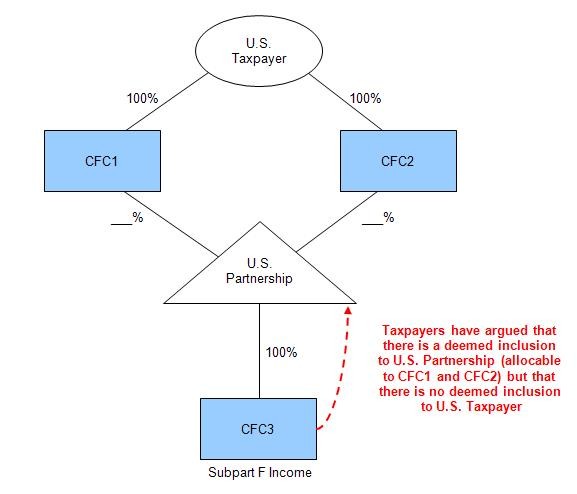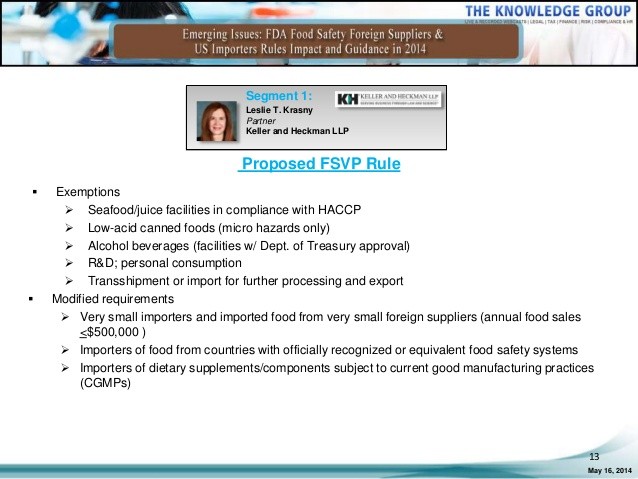Treasury Issues Proposed Guidance on the Definition of Real Property for the Purposes of REIT
Post on: 30 Май, 2015 No Comment

Treasury Issues Proposed Guidance on the Definition of Real Property for the Purposes of REIT Investment
By: Mark Mazur, Assistant Secretary for Tax Policy
Page Content
Treasury and the IRS have proposed regulations to clarify the definition of real property for the purposes of determining whether a real estate investment trust (REIT) has a qualifying mix of assets.
Last week, President Obama spoke to the importance of advancing our nation’s energy and climate goals while expanding opportunity for all Americans. As part of that, the President announced a series of related executive actions, and referenced Treasury’s important work to clarify the definition of real property for the purposes of real estate investment trust (REIT) investments. This definition is significant because REITs, which are an important component of many retail investors’ portfolios, concentrate their investments in real property. This guidance specifically clarifies that certain components of renewable energy installations are real property for the purposes of REIT qualification. Read more about the regulation’s impact on renewable energy here .
The rules defining real property for purposes of REIT investment were issued in 1962 and haven’t been updated since. Since then, many REITs have requested and received private letter rulings (PLRs) from IRS Chief Counsel regarding real property status of various assets that are not directly addressed in the published guidance. However, a PLR cannot be relied upon by persons other than the taxpayer to whom the PLR was issued.
When finalized, the proposed regulations will update the existing regulations and provide a comprehensive framework to analyze whether an asset is real property for purposes of investment by a REIT. Thus, even though these rules are generally consistent with current IRS administrative practice, they will provide important clarity to industry and investors.
Read the proposed regulations here. The proposed regulations contain a number of examples that show how the proposed definition of “real property” would apply in a variety of factual contexts. The examples address, among other items, natural products of land, such as perennial fruit-bearing plants; water space that lies on or upon land, such as boat slips or end ties in a marina; inherently permanent indoor sculptures inside a building; the components of a cold storage warehouse, such as freezer walls and the central refrigeration systems, and the components of a solar-electricity-generating facility, such as land, mounts, and photo-voltaic modules.

Background on REITs:
The REIT provisions of the tax code were enacted in 1960 to provide retail investors with an investment vehicle that would function like a mutual fund that could invest in real estate. In this respect, REITs offer investors diversification and expert management of a portfolio of passive investments.
Section 856 of the Internal Revenue Code provides that to qualify as a REIT, an entity must satisfy certain requirements. One of those requirements is that at least 75 percent of a REIT’s total assets be represented by real estate assets, cash and cash items (including receivables), and government securities.
Mark J. Mazur is the Assistant Secretary for Tax Policy at the United States Department of the Treasury.














